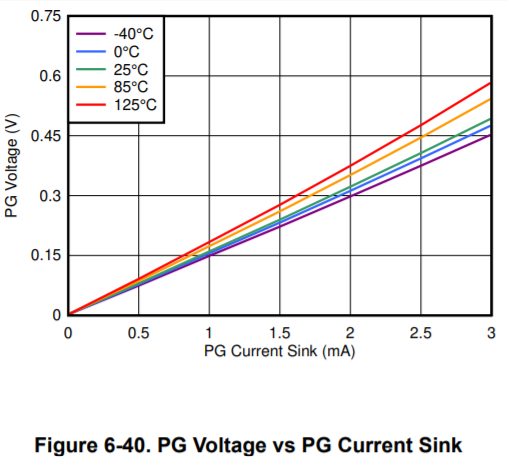Hi Team,
Customer want to use 2.5V Vin and 3.3V EN high voltage at TPS7A8401A. On datasheet, EN max spec = Vin at recommendation value and EN max= 6.5V at ABS value. So I want to know if EN voltage higher than Vin voltage, is any risk here? Could do you help to explain the internal structure between EN and Vin pin? Thanks!




